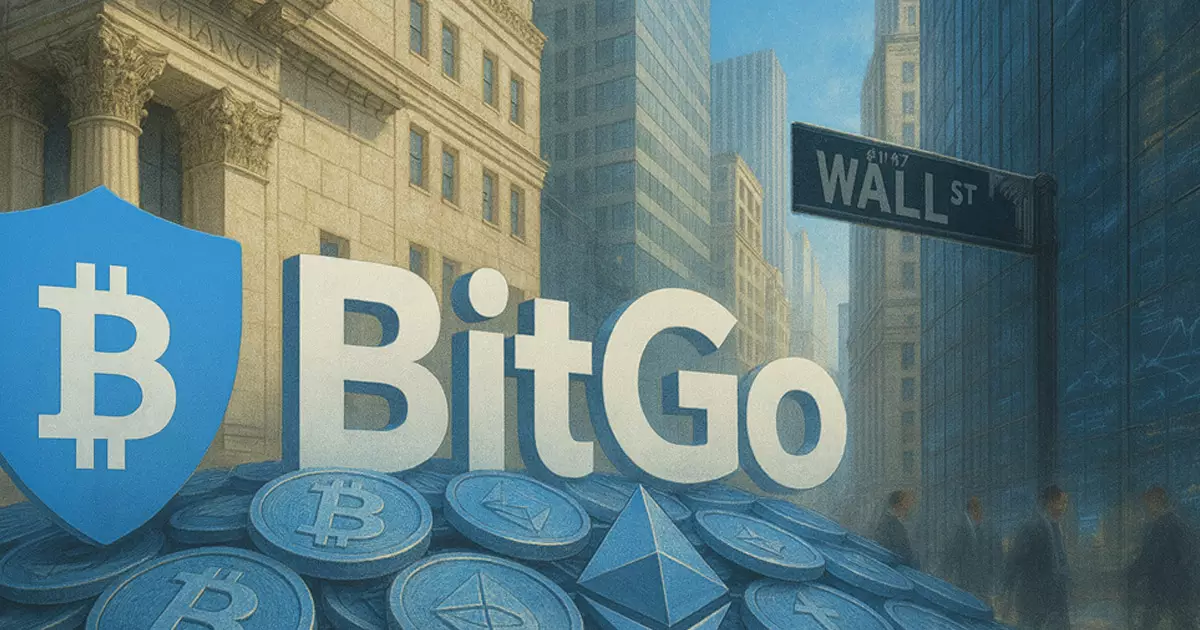BitGo’s recent move to file confidential paperwork for a potential IPO appears to be a sign of maturation within the cryptocurrency sector. Yet, beneath this veneer of legitimacy lies a complex web of unrealistic expectations. The company’s emphasis on regulatory compliance, especially in a landscape riddled with inconsistent rules and frequent policy shifts, seems more like window dressing than a genuine safeguard. While obtaining approval under the EU’s MiCA framework suggests a step forward, it may not guarantee long-term legitimacy or stability. The very notion that private firms like BitGo can seamlessly integrate into traditional financial systems ignores the persistent turbulence and regulatory ambiguity that continue to plague digital assets worldwide.
Furthermore, the claim that a listing on Wall Street will foster trust is overly optimistic. Historically, many crypto firms have gone public only to encounter enormous valuation corrections and regulatory hurdles that ultimately undermine investor confidence. The assumption that a regulated IPO automatically translates into security and stability overlooks the sector’s persistent vulnerabilities—rampant volatility, susceptibility to hacks, and the threat of government crackdowns remain omnipresent. Investors, especially those from the more traditional financial realm, should be wary of placing too much faith in this narrative of inexorable growth and institutional acceptance.
The Mirage of Institutional Legitimization
BitGo’s pursuit of a bank charter and expansive European licenses suggest an ambition to mainstream crypto custody, but these moves are double-edged swords. On one side, they represent attempts to embed digital assets within familiar, regulated financial structures. On the other, they expose the naive assumption that regulation alone can resolve fundamental issues surrounding security, market manipulation, and transparency. The reality is that large-scale institutional adoption often increases systemic risk rather than diminishes it. The more the sector attempts to mimic traditional finance, the more it risks inheriting its flaws—bubbles, insider trading, thin liquidity, and regulatory capture.
Additionally, claims of regulatory approval should be viewed with skepticism, especially when considering the global patchwork of crypto laws. The rapid strides in Europe via MiCA do not guarantee a safe harbor for all activities, especially with the evolving stance of U.S. regulators that remain cautious and often inconsistent. Trying to paint these developments as proof of sector maturity is more about aspirational branding than substantive systemic stability. It’s tempting to believe that stricter regulations will ensure longevity, but history demonstrates that regulatory compliance does not erase the fundamental speculative nature and high volatility intrinsic to cryptocurrencies.
The Political and Economic Realities Behind the Hype
The surge in market capitalization and the clamorous talk of going public mask a fundamental tension—a sector eager to be accepted yet unprepared for the rigorous scrutiny it faces. The crypto industry’s push for IPOs, driven by investor exuberance and market rallies, risks romanticizing the depth of the infrastructure and the resilience of underlying assets. The recent Bitcoin surge above $120,000 and the inflow of institutional capital are bullish signs, but they also create a false sense of security that the sector has transcended its risky roots.
From a pragmatic standpoint, digital assets remain intertwined with speculative mania, regulatory uncertainties, and geopolitical susceptibilities. The sector’s rush to emulate traditional Wall Street practices might lend superficial credibility but ultimately overlooks the intrinsic fragility of its fundamentals. For policymakers and investors who understand the nuances of financial markets, the optimism surrounding BitGo’s IPO should be tempered with caution. It’s a stark reminder that the promise of crypto’s mainstream integration is often driven by hype rather than genuine resilience—highlighting that, in many ways, the sector’s true test still lies ahead, not in a promising IPO but in enduring the inevitable upheavals that regulation, market sentiment, and technology cycles will bring.


Leave a Reply